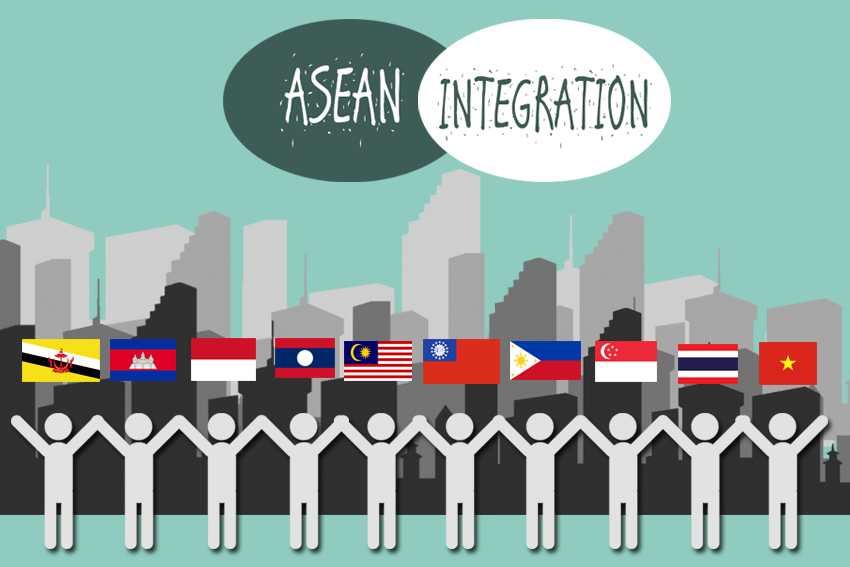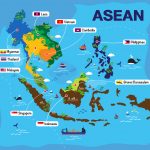The Philippines is currently one of the shining stars among the ASEAN member states: Brunei Darussalam, Cambodia, Indonesia, Lao PDR, Malaysia, Myanmar, the Philippines, Singapore, Thailand, and Vietnam. The booming economy of the Philippines is greatly influenced by its young and vibrant population thereby energizing the country with a median age of 23.2 years old as cited in the CIA World Factbook.
According to the National Statistics Office, the young population of the Philippines has a literacy rate of 97.5%.. The country’s improved standing in the global economic arena can be attributed to its steady flow of manpower supply to the local and international workforce demands.
Now with the ASEAN integration taking form in the Philippines such as the initiatives or proposals to allow free movement of goods, services, investments, employment, and less restriction on the flow of wealth among the ASEAN member countries, the Philippine businessmen (referred to as local businessmen) may either see this integration change as a threat or an opportunity for their businesses.
Is ASEAN Integration a threat or boon to business?
Local businessmen may perceive this as a threat as they will face foreign competitors from neighbouring ASEAN countries which may provide the same level of service at a lower rate. OR if they look at the brighter side of the ASEAN integration, they will see it as an opportunity to stand out and make their mark locally and abroad (among its ASEAN member states).
Local businessmen in the Philippines can make their products and services known in other ASEAN member states. By becoming known, the prospect of business growth and expansion is highly probable.
Why is the prospect of business growth and expansion highly probable for local businesses with the advent of the ASEAN integration?
The brighter side of the ASEAN integration for local businesses would depend on how well they can adapt to the upcoming ASEAN integration changes. The ASEAN integration will expose local businesses to global competitiveness wherein other ASEAN countries will enter the Philippines and exert effort to make its mark there.
If local businesses will not adapt to the upcoming changes triggered by the ASEAN integration, they may fall behind and lose its share of the market to foreign competitors.
On the other hand, if local businessmen upgrade the level of competency and standards of their businesses to provide excellent service and products, they may retain or increase their share of the local market and more for their businesses. There are more opportunities for those local businessmen who are ready and prepared.
With the right amount of preparation, local businesses may even expand the reach of their products and services from their available market to other neighbouring ASEAN countries.
How can local businesses adapt with the impending ASEAN integration?
For local businesses to adapt to the ASEAN integration, they can raise their level of competency through training certifications and conform to globally accepted standards and practices.
Although there are other ideas out there, the focus of this article is to build up the idea of increasing the level of competency and standards of local businesses. By upgrading their competency, local businesses will be at par with the global players and will have the business edge against their local competitors that chose not to adapt.
The world is flat and as the ASEAN integration realizes its aims and purposes, the ASEAN member states will reap the benefits of its initiative.
What are the aims and purposes of the ASEAN integration?

The aims and purposes of the ASEAN integration as taken in the ASEAN website are as follows:
1. To accelerate the economic growth, social progress and cultural development in the region through joint endeavours in the spirit of equality and partnership in order to strengthen the foundation for a prosperous and peaceful community of Southeast Asian Nations;







